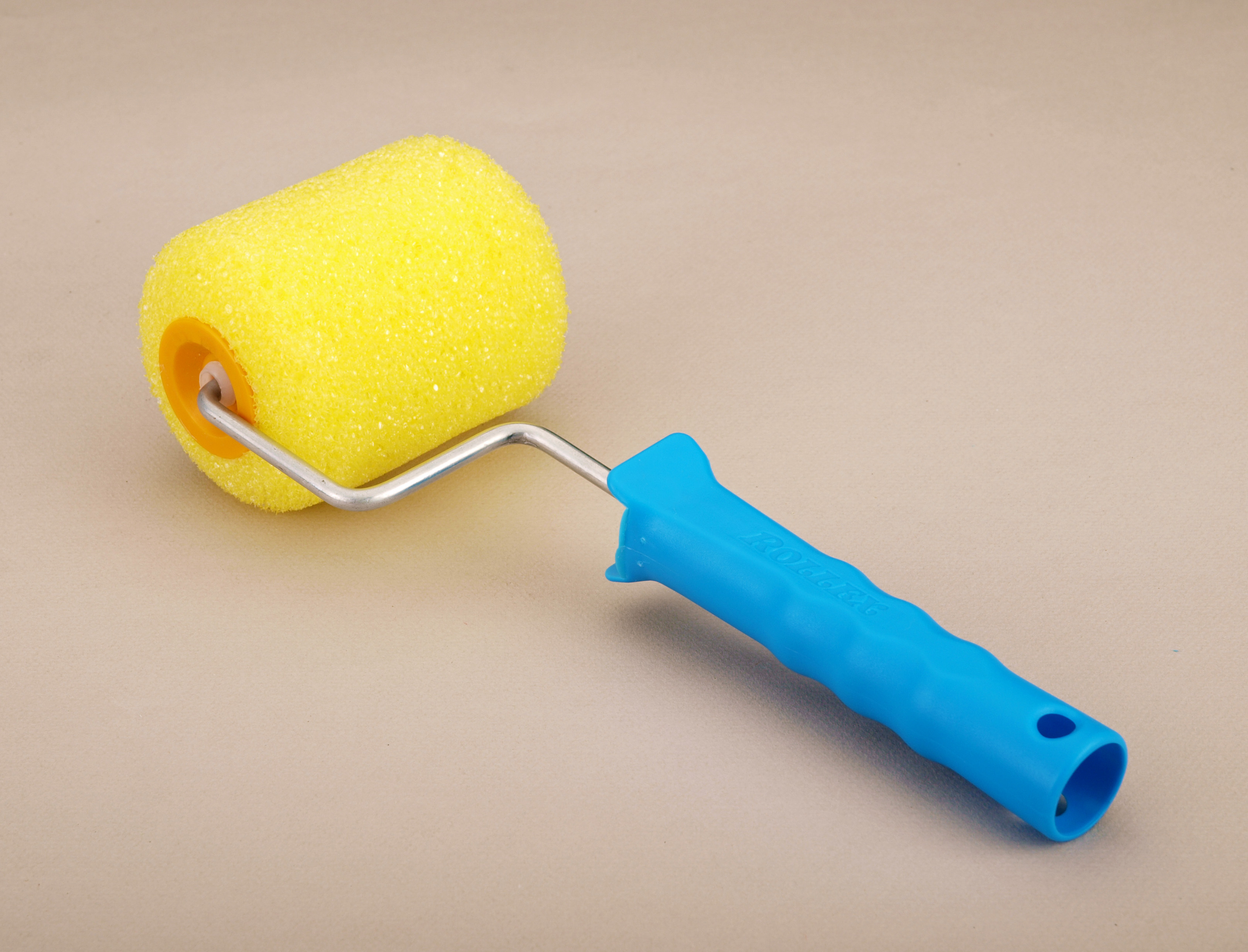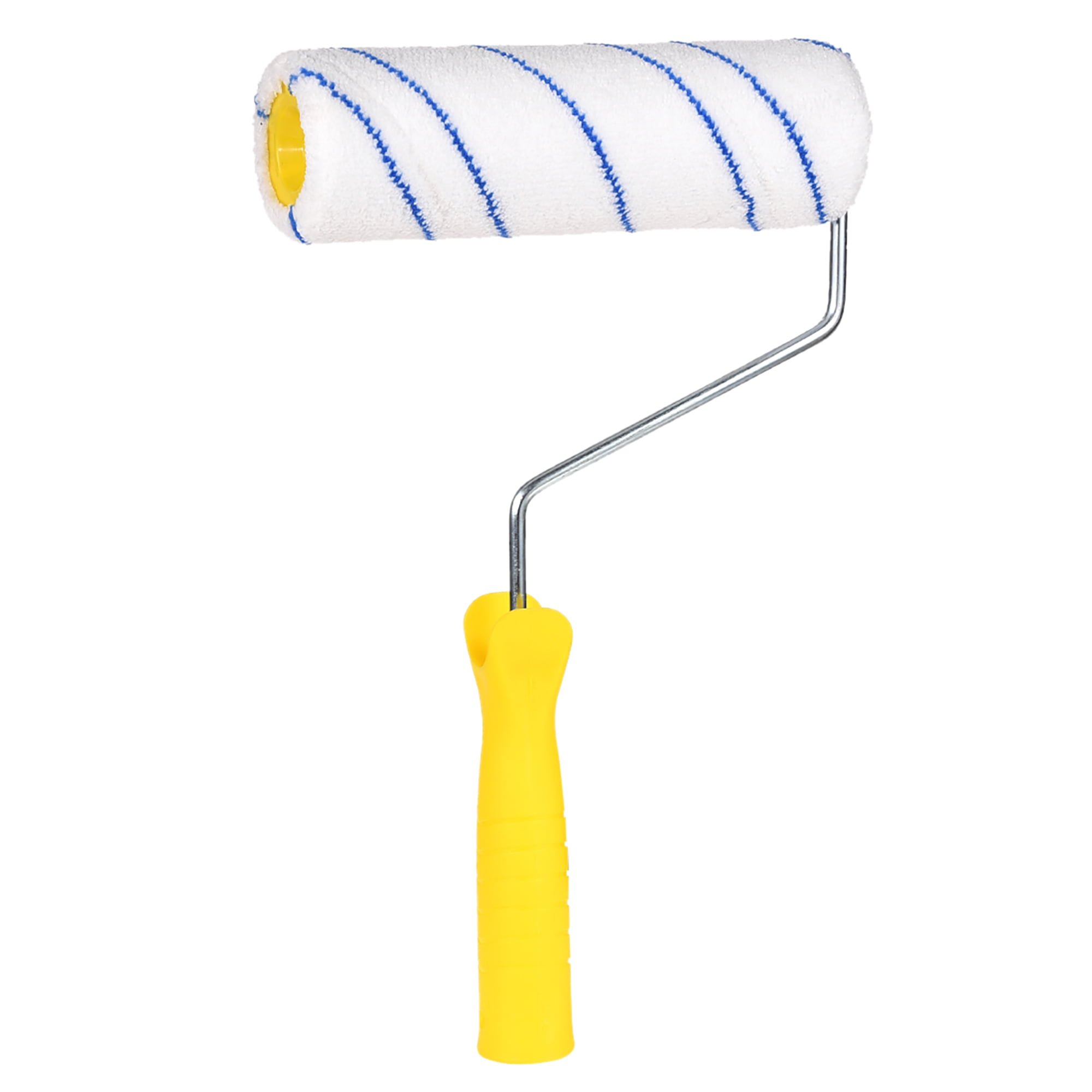Essential Supplies: Supplies Needed For Painting Cabinets

Getting your cabinets ready for a fresh coat of paint involves more than just slapping on some color. Proper preparation and priming are crucial for a long-lasting, professional-looking finish. This section details the essential supplies and techniques to ensure a successful paint job.
Essential Supplies for Preparation and Priming
Before you even think about picking up a paintbrush, gather these essential supplies. Proper tools make the job easier and the results far superior.
| Item | Description | Purpose | Alternatives/Notes |
|---|---|---|---|
| Cabinet Cleaning Supplies | TSP (trisodium phosphate) or a degreasing cleaner, rags, warm water, scrub brush or sponge | Removes grease, grime, and old finishes to ensure paint adhesion. | For delicate surfaces, consider a mild dish soap solution. Always test a small inconspicuous area first. |
| Sandpaper | Assortment of grits (e.g., 120, 180, 220), sanding block or hand sanding sponge | Smooths surfaces, removes imperfections, and creates a better surface for primer adhesion. | Higher grits are for finer sanding. Use a sanding block for more even pressure. |
| Wood Filler | Paintable wood filler (e.g., putty, epoxy) | Fills holes, cracks, and imperfections in the wood. | Choose a filler that matches the wood type for best results. Allow to dry completely before sanding. |
| Putty Knife | Various sizes for applying and smoothing wood filler. | Applies and smooths wood filler, removes excess. | A flexible putty knife is useful for reaching tight corners. |
| Primer | Oil-based, shellac-based, or acrylic-based primer, depending on the cabinet material and existing finish. | Provides a uniform surface for the paint, improves adhesion, and seals stains. | Oil-based primers are durable but have a strong odor. Acrylic primers are low-odor and water-cleanable. Shellac-based primers are good for stain blocking. |
| Paint Tray and Roller | A tray to hold the primer and a roller with a high-quality nap for even application. | Efficiently applies primer to larger cabinet surfaces. | Choose a roller nap appropriate for the surface texture. |
| Paintbrushes | Various sizes for detail work and edges. | Applies primer to edges, corners, and hard-to-reach areas. | Angled brushes are helpful for cutting in. |
| Painter’s Tape | For masking off areas you don’t want to paint. | Protects hardware, adjacent surfaces, and creates clean lines. | Use high-quality painter’s tape designed for use with paint. |
| Drop Cloths | To protect the floor and surrounding areas from paint spills. | Prevents damage to floors and surrounding surfaces. | Plastic drop cloths are easy to clean; canvas drop cloths are more durable. |
| Safety Glasses and Respirator | Protect your eyes and lungs from dust and fumes. | Essential for safety when sanding and working with primers and paints. | Always prioritize safety when working with any painting supplies. |
Surface Preparation Steps
Thorough surface preparation is paramount for a successful paint job. Neglecting this step will almost certainly lead to a poor finish.
Cleaning: Begin by thoroughly cleaning the cabinet surfaces. Use TSP or a degreasing cleaner to remove grease, grime, and any old finishes. Rinse well with clean water and allow to dry completely.
Sanding: Once dry, sand the cabinets using an appropriate grit sandpaper. Start with a coarser grit (e.g., 120) to remove any imperfections, then gradually move to finer grits (e.g., 180, 220) for a smooth finish. Sand in the direction of the wood grain to avoid scratches.
Filling Imperfections: Use a paintable wood filler to fill any holes, cracks, or other imperfections. Apply the filler with a putty knife, ensuring it’s level with the surrounding surface. Allow it to dry completely according to the manufacturer’s instructions before sanding smooth.
Primer Application, Supplies needed for painting cabinets
Applying primer correctly is essential for a durable and even paint finish. Different types of primers are suited for various cabinet materials and existing finishes.
Visual Guide (Text-Based):
Imagine your cabinet surface. You’ve cleaned and sanded it to perfection. Now, consider the primer application:
* Oil-Based Primer: Apply a thin, even coat using a roller and brush. Work in sections to avoid lap marks. Allow to dry completely before painting. This type is excellent for sealing stains and providing a durable base, especially on porous woods.
* Shellac-Based Primer: Similar application technique to oil-based. This type is known for its exceptional stain-blocking properties, ideal for cabinets with significant discoloration.
* Acrylic-Based Primer: Apply thinly and evenly, using a roller and brush. This is a water-based option, making cleanup easy and offering low odor. It’s a good all-around choice for many cabinet materials.
Remember to allow sufficient drying time between coats, as specified by the primer manufacturer. Multiple thin coats are better than one thick coat to avoid drips and runs.
Painting Supplies: Techniques & Application

Getting your cabinets looking showroom-ready involves more than just picking the right paint color. The tools you use play a crucial role in achieving a professional-looking finish. Choosing the right brushes, rollers, and other supplies will significantly impact the final result, making the difference between a smooth, even coat and a streaky, uneven mess.
Brush Selection and Application
Choosing the right brush depends on the detail and surface area you’re working with. Angle sash brushes, with their angled bristles, are excellent for cutting in—painting precise lines along edges and corners. Their tapered tips allow for detailed work around hardware and trim. For larger flat surfaces, a good quality 2-3 inch flat brush provides even coverage. Synthetic brushes are generally preferred for water-based paints, while natural bristle brushes are better suited for oil-based paints. However, synthetic brushes are becoming increasingly versatile and work well with most paints. Remember to clean your brushes thoroughly after each use to extend their lifespan.
- Angle Sash Brush: Ideal for cutting in, precise detail work, and reaching tight corners. The angled bristles allow for controlled application.
- Flat Brush: Best for larger, flat surfaces. Provides smooth, even coverage with less visible brush strokes.
- Foam Brush: Disposable and inexpensive, suitable for small touch-ups or quick projects. However, they may leave a slightly textured finish.
Roller Selection and Application
Rollers are great for covering larger areas quickly and efficiently. For cabinets, a high-quality 4-inch mini roller with a short nap (the length of the fibers) is usually ideal. A short nap minimizes the risk of leaving texture on the smooth cabinet surfaces. Consider using a roller cover specifically designed for smooth surfaces. Avoid using rollers with long naps, as these are better suited for textured surfaces. A roller cage and extension pole can make painting the higher sections of cabinets easier.
- Short-Nap Roller Cover: Provides a smooth finish on cabinet doors and frames.
- Roller Cage and Extension Pole: Allows for easier access to hard-to-reach areas.
- Paint Tray: Essential for holding and dispensing paint to the roller. Choose a tray with a gridded section for removing excess paint.
Spray Painting Cabinets
Spray painting offers a very smooth, even finish and is particularly efficient for cabinets with many intricate details or extensive surface areas. However, it requires more preparation (masking, protecting surrounding areas) and proper ventilation. Using a high-quality spray gun or an aerosol can designed for cabinets ensures a professional result. Remember to apply thin, even coats, allowing each coat to dry before applying the next. Over-spraying can lead to drips and runs.
- High-Quality Spray Gun or Aerosol Can: Ensures even paint distribution and a smooth finish.
- Proper Ventilation: Crucial for minimizing the inhalation of paint fumes.
- Masking and Protection: Protect surrounding areas and surfaces from overspray.
Cutting In and Achieving a Professional Finish
Cutting in, or painting the edges and corners, requires precision. Use a high-quality angle sash brush and load it with a small amount of paint. Apply the paint in smooth, even strokes, keeping the brush at a consistent angle. Practice on a scrap piece of wood before tackling your cabinets. For painting around cabinet hardware, carefully mask off the hardware with painter’s tape, ensuring a clean edge. If you’re removing the hardware, ensure the holes are clean before painting and that the hardware is reattached carefully after the paint is dry.
Always work in a well-ventilated area and wear appropriate safety gear, including gloves and a mask.
Finishing Touches

Protecting your beautifully painted cabinets is just as important as the painting process itself. A durable finish not only enhances the look but also safeguards your investment, ensuring your cabinets remain stunning for years to come. This section covers the essential finishing supplies and techniques to achieve a professional-looking, long-lasting result.
Choosing the right protective finish depends on the desired level of durability and sheen. We’ll explore various options, their application methods, and maintenance tips to help you make an informed decision.
Clear Coat Options
Clear coats provide a protective layer over the paint, adding durability and enhancing the overall finish. Several types are available, each with its own properties. Polyurethane is a popular choice known for its hardness and resistance to scratches and wear. It comes in various sheens, from matte to high-gloss. Lacquer dries quickly but can be more sensitive to UV damage than polyurethane. Water-based clear coats offer low VOCs (Volatile Organic Compounds), making them a more environmentally friendly option. They generally offer good durability but might require multiple coats for optimal protection.
Applying a clear coat requires careful preparation. Ensure the paint is completely dry before application. Lightly sand the painted surface with fine-grit sandpaper to create a smooth surface for better adhesion. Apply thin, even coats using a high-quality brush, roller, or spray gun, following the manufacturer’s instructions regarding drying time between coats. Avoid applying too much clear coat in one go, as this can lead to drips and runs. Proper ventilation is crucial, especially when using solvent-based clear coats.
Wax Finishes
Wax offers a softer, more subtle protection compared to clear coats. It enhances the depth and richness of the paint color while providing a degree of protection against minor scratches and spills. Wax is typically easy to apply and requires minimal tools. It’s ideal for cabinets that receive less frequent use or for those seeking a more natural, less glossy finish. However, wax offers less protection than a clear coat against significant impacts or harsh chemicals.
Applying wax involves rubbing a small amount onto the surface using a soft cloth, working it into the paint in a circular motion. Allow it to dry according to the manufacturer’s instructions before buffing to a high sheen with a clean cloth. Wax requires reapplication periodically, typically every few months to maintain protection.
Cabinet Hardware Refinishing or Replacement
New or refinished hardware can dramatically improve the overall look of your cabinets. Replacing old or damaged hardware is a straightforward process. Simply remove the old hardware using a screwdriver and replace it with new pieces. If you prefer to refinish existing hardware, consider cleaning it thoroughly and applying a coat of paint or metal polish, depending on the material. For intricate hardware, you might consider using spray paint for even coverage.
Finishing Supplies Comparison
| Finishing Supply | Application Method | Drying Time (approx.) | Maintenance |
|---|---|---|---|
| Polyurethane Clear Coat | Brush, roller, spray gun | 24-48 hours per coat | Occasional cleaning; touch-ups as needed |
| Lacquer Clear Coat | Brush, spray gun | 1-2 hours per coat | More susceptible to UV damage; occasional cleaning |
| Water-Based Clear Coat | Brush, roller, spray gun | 4-6 hours per coat | Easy cleaning; durable finish |
| Wax | Soft cloth | 30 minutes to 1 hour | Reapply every few months |
